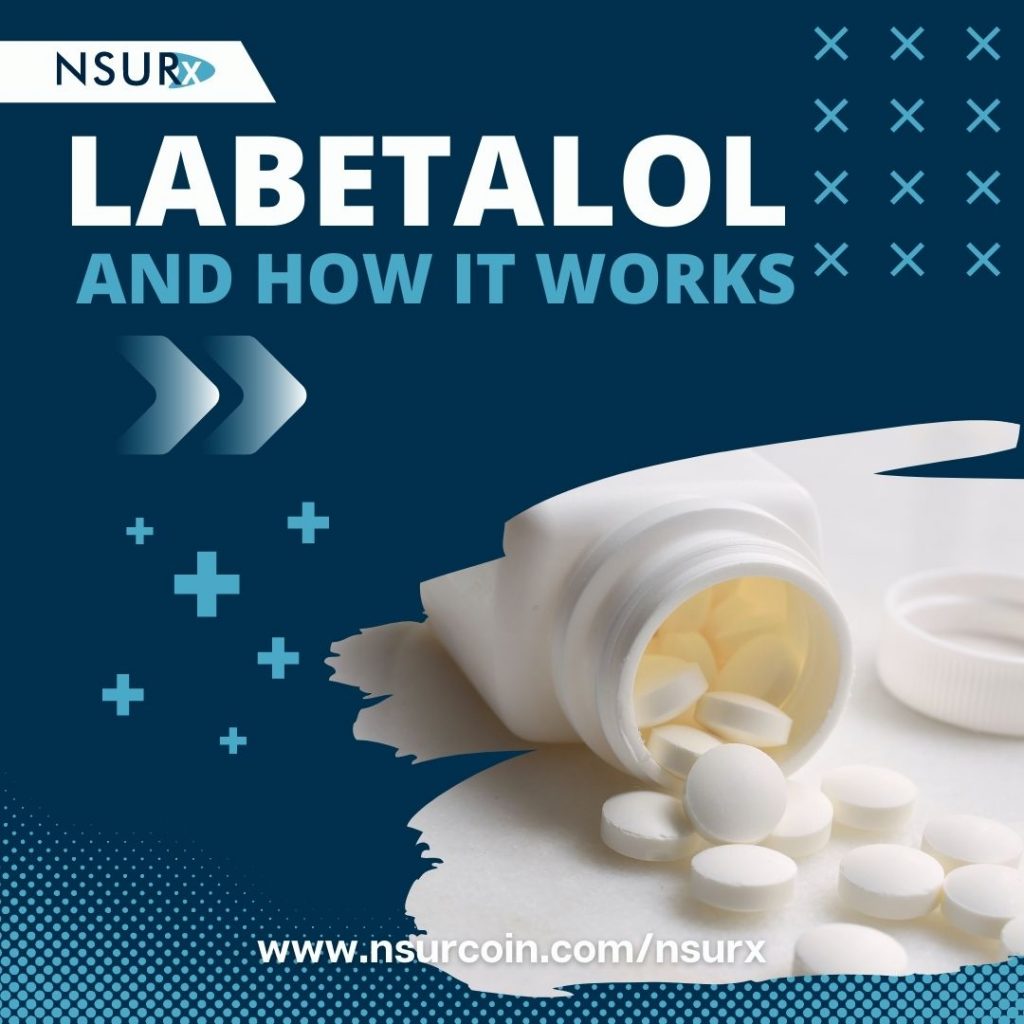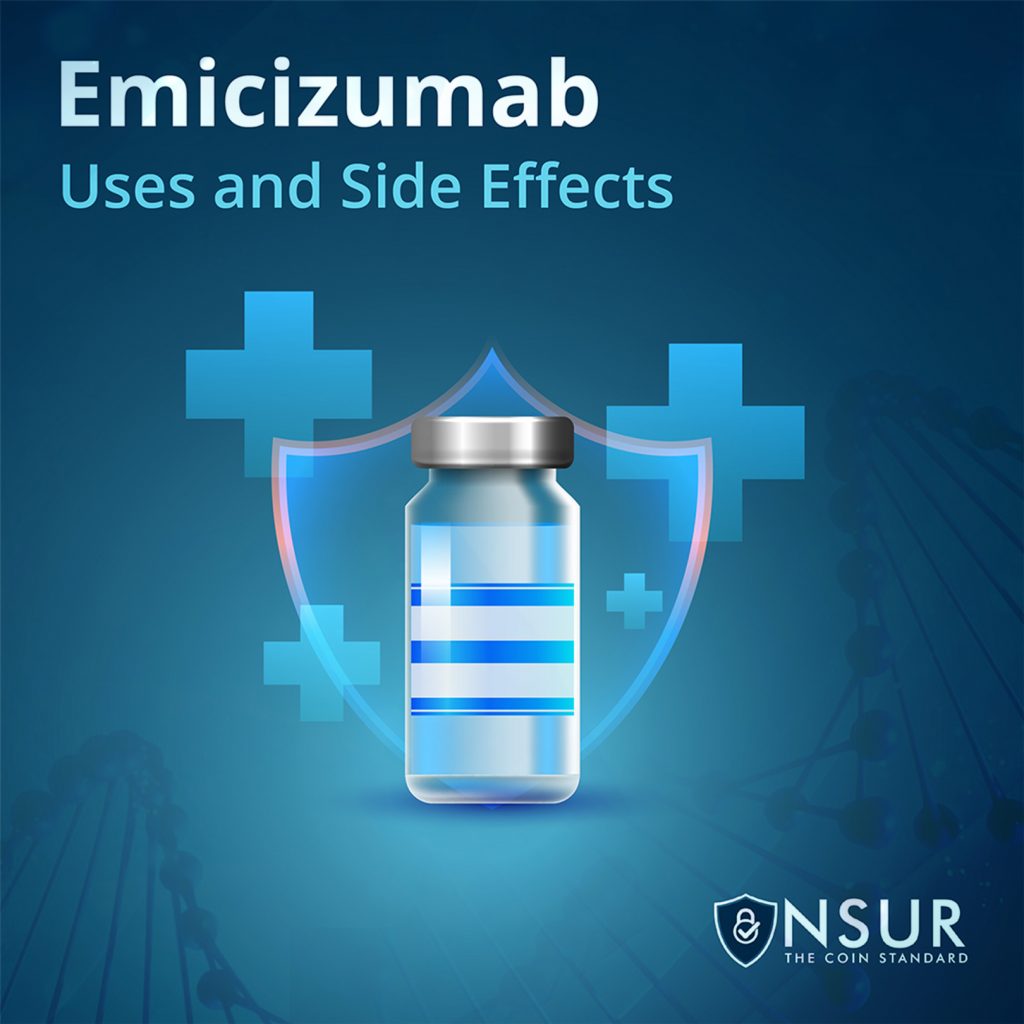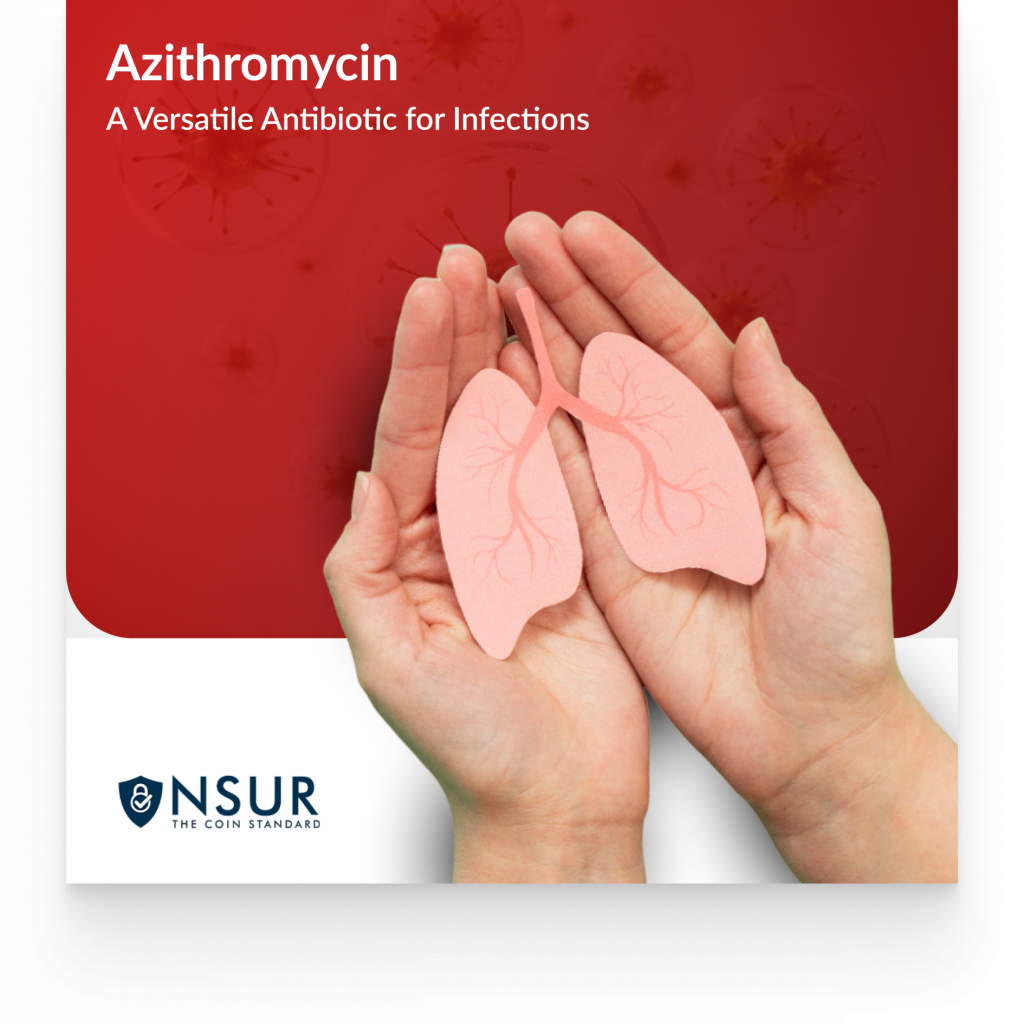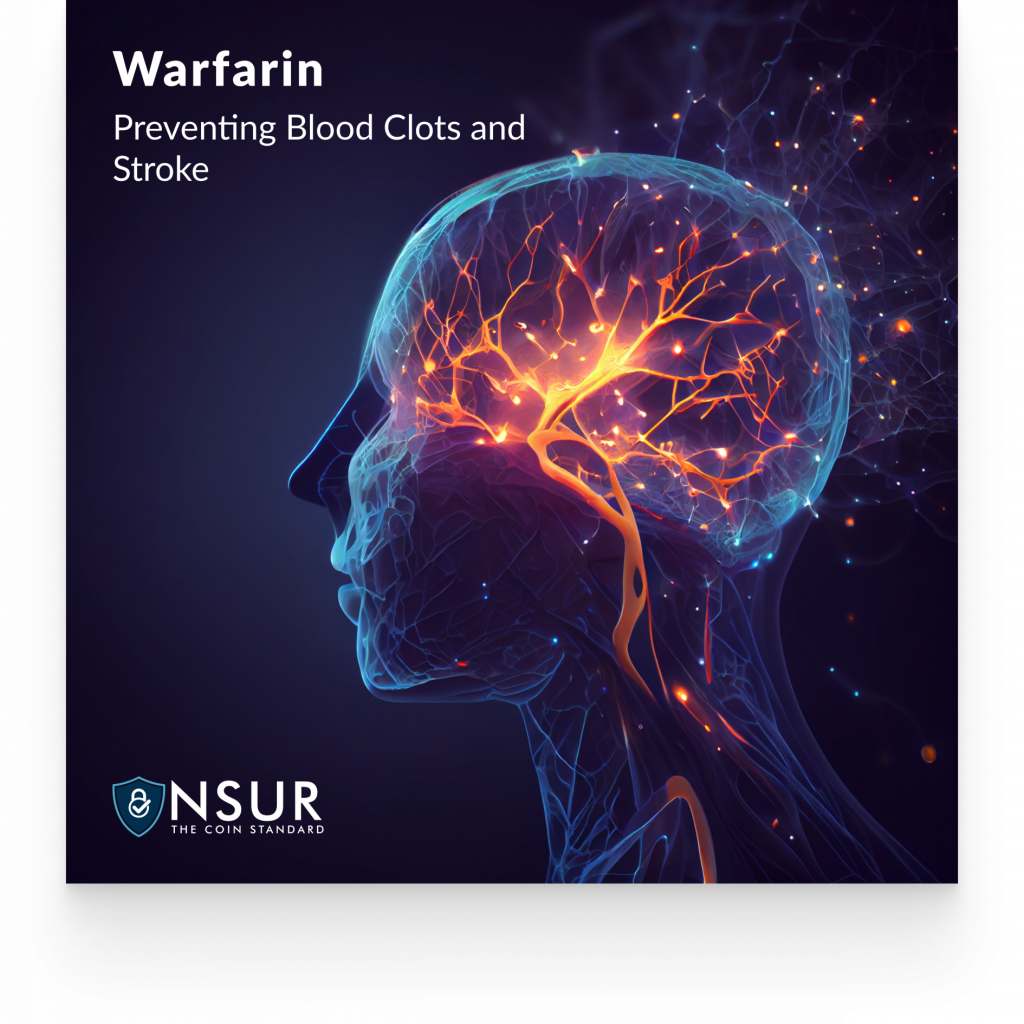
Throughout the centuries, humankind has seen countless technological leaps in healthcare. As technology continues transforming MedTech, new drugs and treatments, new devices, hi-tech equipment, and advanced therapeutics support will drive innovation. Healthcare is advancing rapidly as a result of new technologies, and their applications are having far-reaching impacts.
Imagine being able to comprehend a medical image in milliseconds or being able to detect cancer with more accuracy? New opportunities have emerged in the healthcare industry and medical professionals are now working with new technologies that were unthinkable before.
The new era of nuclear medicine, molecular imaging, and theranostics has transformed healthcare. And its future will be focused on therapeutics as well as diagnostics.
Importance of Nuclear Medicine
What is possible to observe and treat in difficult-to-reach parts of the body, including the intestines, blood vessels, and muscles? This is where nuclear medicine plays a major role.
Nuclear medicine has played an important role for decades and is an essential component of a modern healthcare system. Nuclear medicine aids in early cancer detection, saving lives and shortening the long-term demand for recovery procedures. There is also an increase in nuclear medicine with direct therapeutic applications, such as treating a variety of cancers.
In nuclear medicine, radioactive drugs, or tracers, are used to diagnose organ function and anatomy. With nuclear medicine, you can get information that is difficult to procure with conventional imaging methods. This technology provides accurate diagnosis and treatment information for a variety of disorders where the diagnosis is either not possible or not enough.
It is not only the advancements in imaging technology but also the discovery and development of new tracers, radioactive drugs and training of medical professionals.Their ability to integrate AI into image processing has improved nuclear medicine’s diagnostic capabilities in oncology.
Nuclear medicine in relation to molecular imaging
Molecular imaging is a type of diagnostic imaging that gives a detailed picture of what is happening at the cellular and genetic levels of the human body. Images of anatomy can be obtained with X-rays, computed tomography (CT), and ultrasound. Whereas, with molecular imaging, we can observe the body’s chemical and biological processes and measure how they work. This includes diagnostic imaging technologies such as MRI, SPECT, PET scan, and nuclear medicine, which enable the identification of diseases in their earliest stages and locate tumors precisely. Molecular imaging also gives a clear vision of hard-to-reach areas of the human body. Enabling clinicians, physicians, and radiologists to provide the correct diagnosis and line of treatment.
The purpose of molecular imaging research is to develop and evaluate all those imaging methods, as well as to create new clinical implications that can be used to predict the future and determine their relationship to diagnosis. In nuclear medicine and molecular imaging, theranostics have always been a part of the process.
Theranostics: Changing nuclear medicine
Theranostics is a new field emerging from nuclear medicine, a concept that is bundled with therapeutics and diagnostics (imaging and molecular radiotherapy). Here, therapeutics refers to imaging and therapy as the radioactive drug(tracer) that is used as a PET scan medium to identify the target cancer cells and tumors. Compared to external beam radiotherapy, molecular radiotherapy emits particles of radioactivity directly into the tumor without harming normal tissues.
It is important to emphasize that theranostics represents a change from traditional therapy to personalized therapy for patients. A customized treatment plan can be developed, ensuring that the right drug is delivered to the right patient at the right time, based on the unique needs of each individual.
The key aspect of theranostics is determining which drugs are working and which are not. Some drugs, for example, show efficacy but not in all patients with the same condition. Using theranostics we can identify which patients may benefit from a specific treatment, find a successful treatment quickly and save them money on ineffective ones. A major aspect of theranostics is genetics, which focuses on how genetic variations can potentially predict outcomes.
Recently, patient-centered care has become increasingly popular. A clinic frequently must meet certain standards and goals regarding patient-centered care and the impact on key metrics such as readmission rates, patient satisfaction, and length of stay. Patient-centric care can be enhanced using therapeutics as a tool that can improve many key hospital metrics.
Take Away
As a field so innovative and capable of adapting to new scientific developments and clinical needs, nuclear medicine has progressed unpredictably. Diagnostics and therapy are impacted greatly by nuclear medicine and molecular imaging.
By bringing personalized and targeted treatment into cutting-edge clinical practices, theranostics bridges two worlds. Moreover, the twenty-first century will see many innovations and extensive use of radiolabelled nuclides as therapeutic approaches. The field of nuclear medicine will likely gain prominence in the future, with the possibility of even more advancement if trends continue in the same direction.











